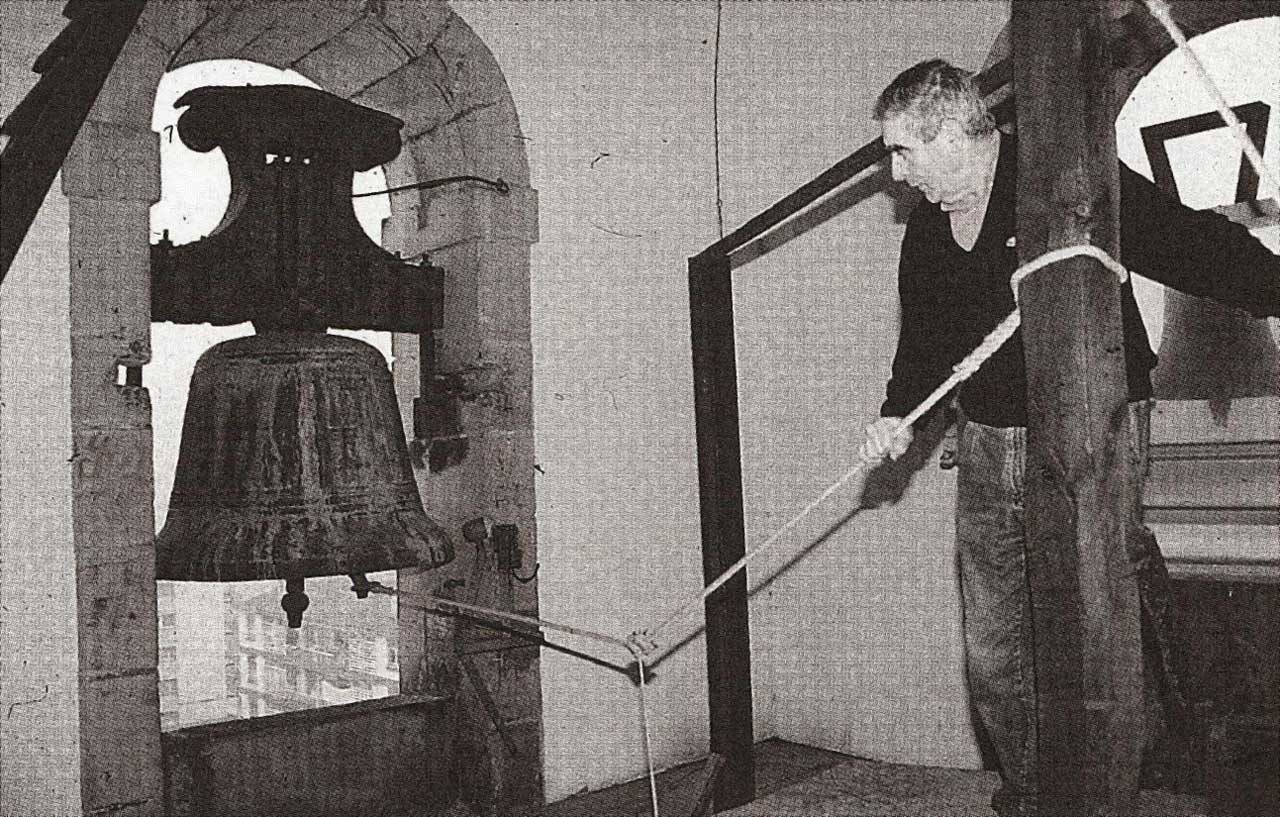Diferencia entre revisiones de «Ritos funerarios en vasconia/en»
De Atlas Etnográfico de Vasconia
| Línea 8: | Línea 8: | ||
===[ritos|Funeral Rites in the Basque Country|/atlas/ritos.png|La muerte en el ámbito doméstico y vecinal, desde los presagios de muerte y la agonía hasta las celebraciones de carácter religioso posteriores al fallecimiento.]=== | ===[ritos|Funeral Rites in the Basque Country|/atlas/ritos.png|La muerte en el ámbito doméstico y vecinal, desde los presagios de muerte y la agonía hasta las celebraciones de carácter religioso posteriores al fallecimiento.]=== | ||
====[Ritos_funerarios_en_vasconia | Funeral Rites in the Basque Country]==== | ====[Ritos_funerarios_en_vasconia | Funeral Rites in the Basque Country]==== | ||
| − | ====[/atlas/ritos/Camino-al-cementerio-1950-Izurdiaga.jpg| | + | ====[/atlas/ritos/Camino-al-cementerio-1950-Izurdiaga.jpg|On the way to the cemetery, c. 1950. Izurdiaga (N). Source: Carmen Jusué, Etniker Euskalerria Groups.|Dying on a rainy day or if it rained after the death showed that the soul would be saved: ''gorputz ona, euritsu''.|]==== |
| − | ====[/atlas/ritos/Amortajamiento-con-traje-festivo-Amezketa-1959.jpg| | + | ====[/atlas/ritos/Amortajamiento-con-traje-festivo-Amezketa-1959.jpg|Shroud in a suit. Amezketa (G), 1959. Source: Antxon Aguirre, Etniker Euskalerria Groups.|A small group of neighbours would watch over the corpse in turns during the night and make sure that the light burning next to it did not go out.|]==== |
| − | ====[/atlas/ritos/Portadores-del-feretro-jasotzaileak-Amezketa.jpg| | + | ====[/atlas/ritos/Portadores-del-feretro-jasotzaileak-Amezketa.jpg|Coffin bearers. Amezketa (G). Source: Antxon Aguirre, Etniker Euskalerria Groups.|Death was an event that usually occurred in the neighbourhood, a fact that meant the home of the deceased played a leading role.|]==== |
| − | ====[/atlas/ritos/Adornando-las-sepulturas-para-el-dia-de-Todos-los-Santos-Bilbao-1990.jpg| | + | ====[/atlas/ritos/Adornando-las-sepulturas-para-el-dia-de-Todos-los-Santos-Bilbao-1990.jpg|Caring for the graves on the occasion of All Saints’ Day. Bilbao (B), 1990. Source: Labayru Fundazioa Photograhic Archive: José Ignacio García Muñoz.|Omens of death included those associated with strange behaviour by some domestic animals, mainly dogs and cockerels.||ENLACE]==== |
| − | ====[/atlas/ritos/Santa-Grazi.jpg|Santa-Grazi (Z). | + | ====[/atlas/ritos/Santa-Grazi.jpg|Santa-Grazi (Z). Source: Boissel, W. Le Pays Basque. Sites, Arts et Coutumes. Paris, A. Calavas edit.|Cuando el cárabo canta, la muerte levanta. <br />''When the tawny owl hoots, death wakes up.''||ENLACE]==== |
| − | ====[/atlas/ritos/Sepulturas-en-la-nave-de-la-iglesia-Amezketa-1990.jpg| | + | ====[/atlas/ritos/Sepulturas-en-la-nave-de-la-iglesia-Amezketa-1990.jpg|Symbolic graves in church. Amezketa (G), 1990. Source: Antxon Aguirre, Etniker Euskalerria Groups.|Each homestead used to have a burial site inside the church’s nave. When burials were transferred to cemeteries, the once real burial site in church became a symbolic family grave, were offerings of light and bread were made to their dead.||ENLACE]==== |
| − | ====[/atlas/ritos/Toque-de-campana-anunciando-la-muerte-Beasain.jpg| | + | ====[/atlas/ritos/Toque-de-campana-anunciando-la-muerte-Beasain.jpg|Death knell. Beasain (G). Source: José Zufiaurre, Etniker Euskalerria Groups.|Tolling the bell was a very effective way of announcing the death in rural settlements.||ENLACE]==== |
| − | ====[/atlas/ritos/Cortejo-funebre-1925.jpg| | + | ====[/atlas/ritos/Cortejo-funebre-1925.jpg|Funeral cortège, c. 1925. Source: Antxon Aguirre, Etniker Euskalerria Groups.|There were specific paths to carry the corpse from the house of the deceased to the church and the cemetery.||ENLACE]==== |
| − | ====[/atlas/ritos/Mujeres-con-ofrendas-Otxagabia-1920.jpg| | + | ====[/atlas/ritos/Mujeres-con-ofrendas-Otxagabia-1920.jpg|Offering bearers. Otsagabia (N), c. 1920. Source: Fco. Javier Zubiaur and M.ª Amor Beguiristain’s private archive: Roldán and Calle Photographic Studios.|The members of the funeral cortege, relatives of the deceased and neighbours alike, would usually carry offerings of bread and light.||ENLACE]==== |
====[/atlas/ritos/Ofrenda-de-luces-Amezketa.jpg|Ofrenda de luces. Amezketa (G). Fuente: Garmendia Larrañaga, Juan. Neguko Festak. Donostia, 1993, Foto J. Juanes.|Con las luces que se ofrendaban se alumbraba al alma del difunto. Y los panes le servían de alimento.||ENLACE]==== | ====[/atlas/ritos/Ofrenda-de-luces-Amezketa.jpg|Ofrenda de luces. Amezketa (G). Fuente: Garmendia Larrañaga, Juan. Neguko Festak. Donostia, 1993, Foto J. Juanes.|Con las luces que se ofrendaban se alumbraba al alma del difunto. Y los panes le servían de alimento.||ENLACE]==== | ||
Revisión del 10:46 20 ene 2020

Funeral Rites in the Basque Country
La muerte en el ámbito doméstico y vecinal, desde los presagios de muerte y la agonía hasta las celebraciones de carácter religioso posteriores al fallecimiento.
Death knell. Beasain (G). Source: José Zufiaurre, Etniker Euskalerria Groups.



